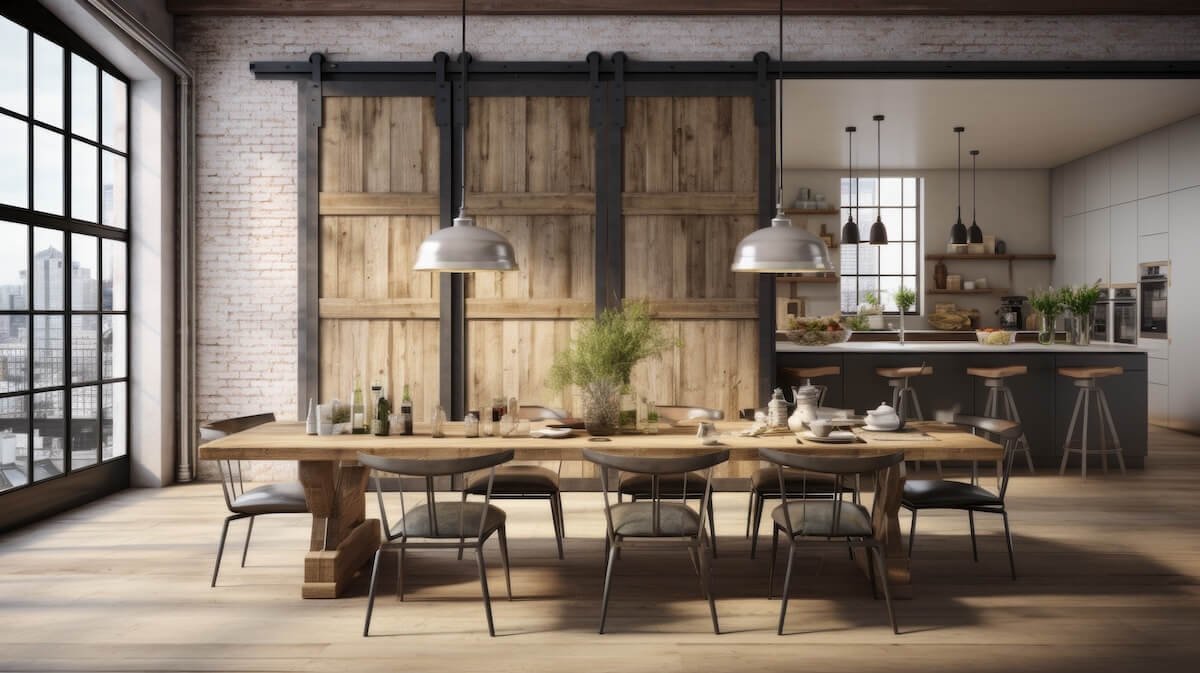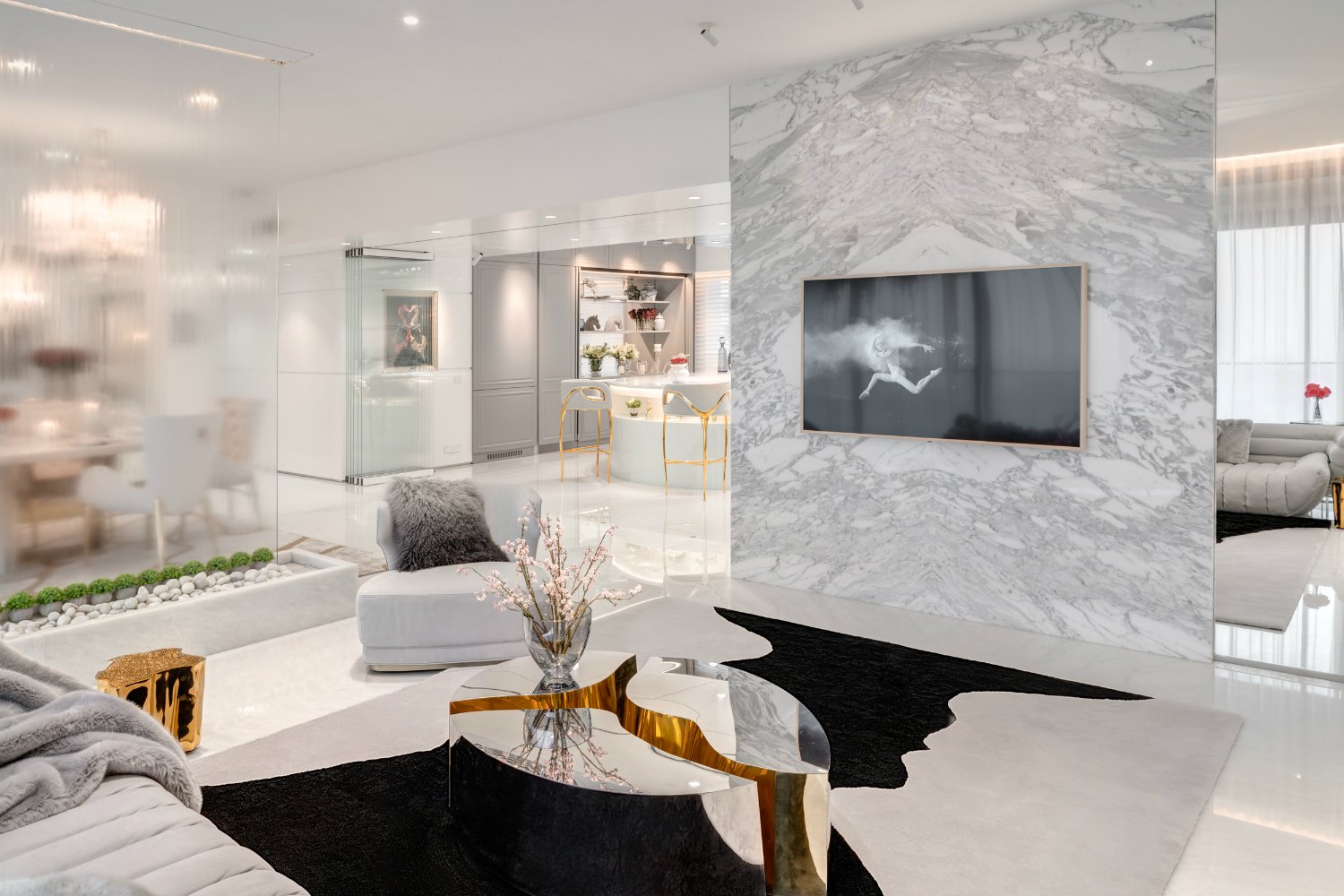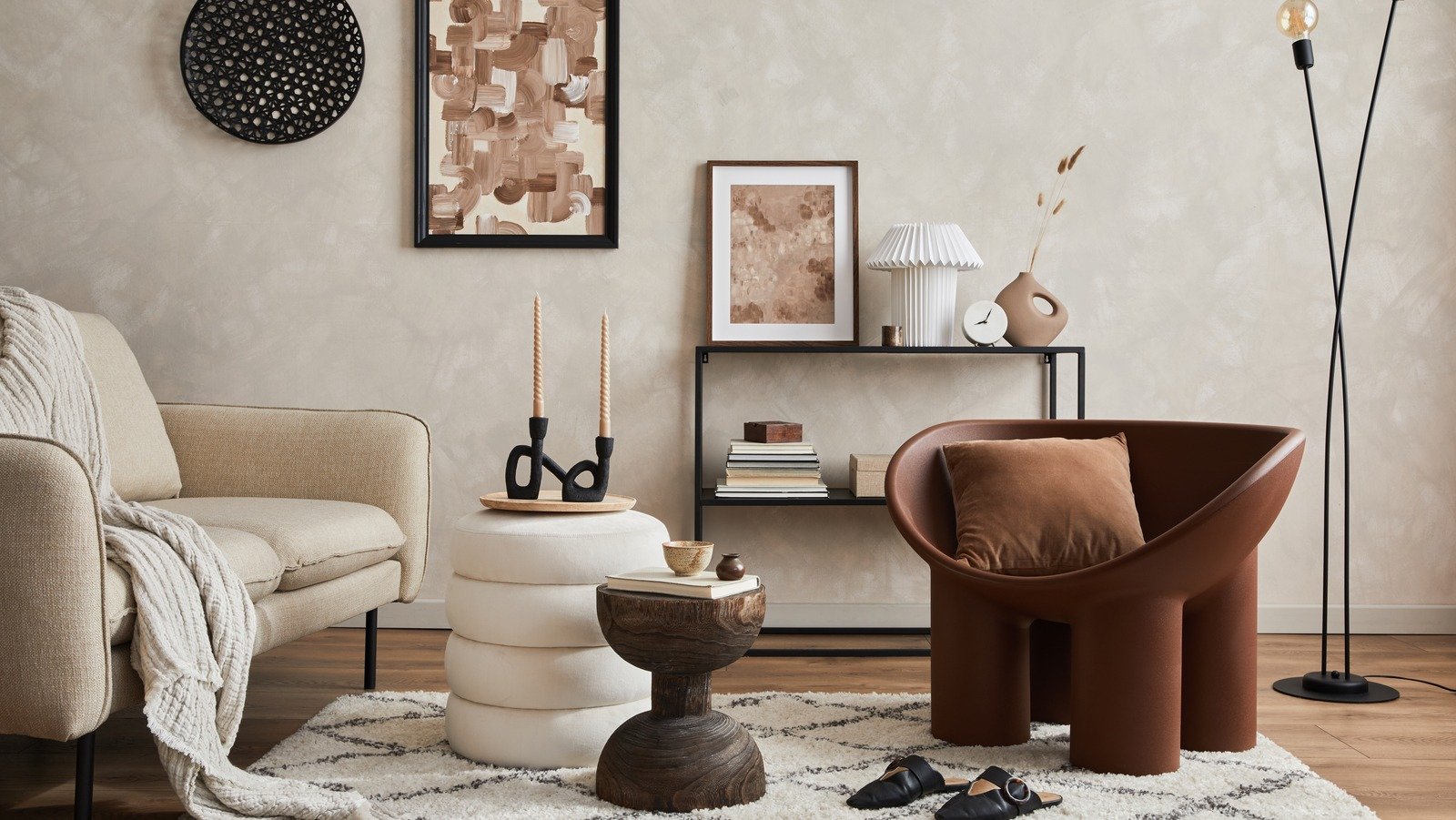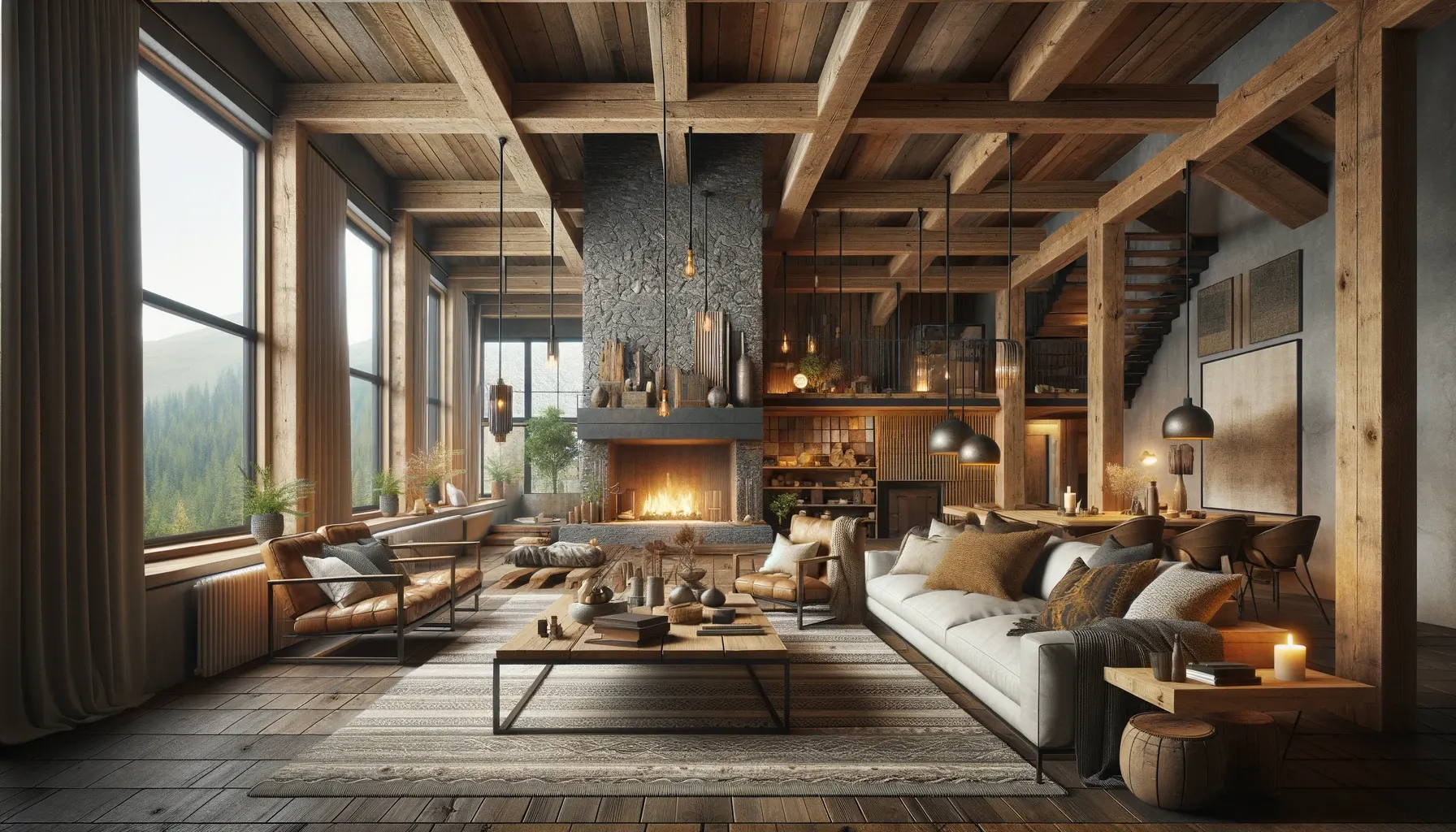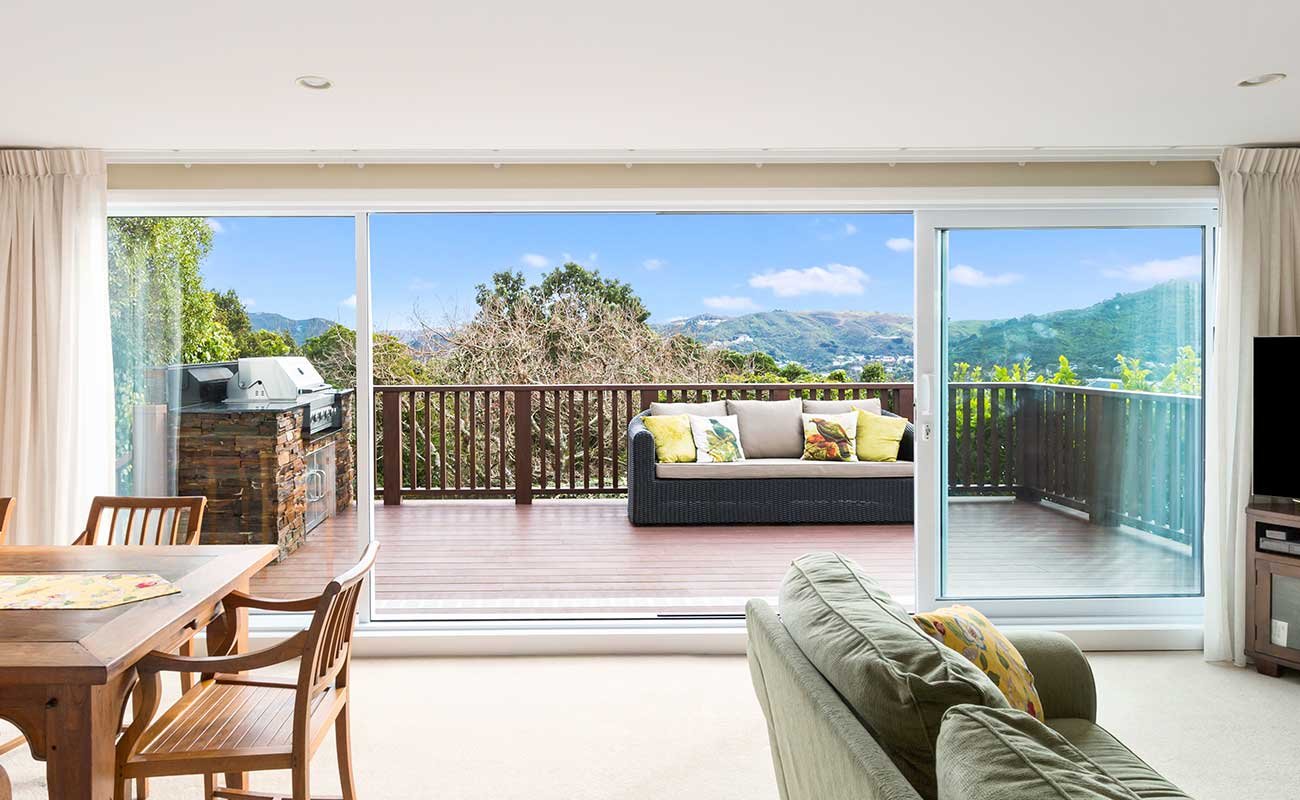Mixing Vintage and Modern: A New Era of Interior Design
Ever walked into a space that felt like it had a story to tell—but also looked fresh, sleek, and undeniably stylish? That’s the magic of mixing vintage and modern design. It’s not just a trend anymore—it’s a full-blown design movement. In 2025, we’re seeing more people embrace interiors that blend old and new, tradition and innovation, charm and edge. Why choose between nostalgia and minimalism when you can have both? In this guide, we’ll show you exactly how to create balance when fusing vintage with modern. From furniture and color palettes to lighting and layout, you’ll learn how to build a home that feels layered, personal, and effortlessly cool.
Why Blending Old and New Works So Well
Opposites attract—especially in design. Vintage brings warmth, character, and soul. Modern brings simplicity, functionality, and polish. Together, they create a dynamic and inviting space that doesn’t feel cookie-cutter. When done right, this style mash-up creates a timeless look that evolves with you.
1. Start with a Neutral Base
Whether your vintage taste leans antique or mid-century, and your modern side skews Scandinavian or industrial, you need a foundation that won’t compete with your statement pieces. A neutral color palette sets the stage for both old and new to shine. Think soft whites, warm grays, beiges, and earthy tones. This palette allows your bold vintage finds and clean modern lines to coexist without clashing.
2. Mix Eras, Not Just Styles
One of the biggest mistakes people make is sticking too closely to just one type of “vintage.” Don’t be afraid to layer different decades—think a 1920s Art Deco mirror over a 70s teak credenza with a modern glass pendant overhead. The mix of eras tells a richer story and keeps things visually interesting.
3. Anchor the Space with One Style
Here’s a pro tip: pick one style—modern or vintage—as your “base” and layer in the other as the accent. For example, a clean-lined modern sofa can anchor your living room while you incorporate vintage side tables, an antique rug, and brass accessories. Or go the opposite way: a vintage Chesterfield sofa paired with a minimalist coffee table and sleek floor lamp.
4. Repurpose and Reimagine Vintage Pieces
One of the best parts of vintage design is the potential for reinvention. Take that old trunk and turn it into a coffee table. Refinish a vintage dresser with modern hardware. Reupholster a mid-century chair in a contemporary fabric. Repurposing gives old pieces new life—and your space a unique signature.
5. Use Contrast to Create Interest
Contrast is your best friend when blending styles. Pair rough with smooth, warm with cool, ornate with minimal. An industrial steel-framed table looks amazing with soft vintage velvet chairs. A distressed wood cabinet adds texture against a sleek marble backsplash. Contrast helps each piece stand out instead of blending into the background.
6. Play with Texture and Layers
Mixing vintage and modern is as much about texture as it is about form. Layer smooth leather with woven wool, glass with reclaimed wood, metal with linen. These tactile elements keep your space from feeling flat and help marry the two styles harmoniously.
7. Incorporate Vintage Artwork and Decor
Vintage art and collectibles are great ways to infuse soul into a modern space. A gallery wall of old portraits or retro prints instantly adds character. Antique mirrors, heirloom clocks, or brass candle holders can be sprinkled throughout a room to create visual nostalgia. Let these pieces tell your story—they’re often what guests remember most.
8. Don’t Forget Modern Functionality
While vintage gives character, modern design excels in usability. Make sure your space still functions for your lifestyle. Use modern lighting, smart home tech, or ergonomic furniture alongside vintage finds to keep things comfortable and current. Think modern convenience, vintage charm.
9. Curate, Don’t Clutter
There’s a fine line between eclectic and chaotic. Be intentional about what you bring into your space. Showcase a few standout vintage pieces rather than cramming in a flea market’s worth of finds. Negative space is important—it gives the eye room to rest and makes your focal points shine.
10. Choose a Color Story
Color can tie everything together. You don’t have to stick to neutrals—just make sure your tones complement each other. If you love bold colors, anchor them with classic neutrals or monochrome accents. A dusty rose velvet vintage chair looks stunning next to matte black furniture and brass lighting. Build a palette and stick to it.
11. Statement Lighting Changes Everything
Lighting is the jewelry of your space—and a perfect way to merge styles. Hang a modern geometric pendant above a vintage dining table. Add an antique chandelier in a clean-lined bedroom. The juxtaposition makes the entire room feel curated, not accidental.
12. Bring in Modern Art Over Vintage Furniture
Artwork can instantly shift the tone of a room. Hanging modern abstract art above a vintage buffet or mantel bridges the gap between styles and brings freshness to older pieces. This contrast makes everything feel balanced.
13. Layer Rugs for an Old-Meets-New Effect
Vintage rugs bring in warmth, pattern, and a lived-in feel. Lay one over a modern jute or neutral rug for dimension. The layered look adds depth and visually connects the two design styles. Bonus: it’s cozy and forgiving on the feet too.
14. Embrace Patina and Imperfections
Don’t be afraid of a few scratches, dings, or worn finishes—this is where vintage shines. A timeworn leather chair or weathered wood cabinet adds depth and contrast to a clean modern room. Those imperfections are what give a space soul.
15. Go Minimal with the Modern, Maximal with the Vintage
Balance is key. If your vintage pieces are bold—ornate mirrors, heavily detailed woodwork—pair them with simple modern shapes and materials. Keep your modern furniture sleek and clean so it doesn’t compete. This yin-yang approach keeps your design grounded.
16. Make It Personal
The best spaces reflect the people who live in them. Don’t just copy a Pinterest board—infuse your home with your story. Use family heirlooms, vintage finds from your travels, or modern art you actually love. Let your space grow over time. That’s what gives it warmth and authenticity.
17. Shop Smart: Where to Find the Best Pieces
You don’t have to spend a fortune to mix vintage and modern. Thrift stores, estate sales, Facebook Marketplace, flea markets, and antique malls are gold mines for vintage treasures. For modern pieces, look for clean lines at retailers like West Elm, CB2, or local makers who balance contemporary with handmade charm.
18. Don’t Rush the Process
Creating the perfect blend of vintage and modern isn’t something you do in a weekend. Let your space evolve. Add pieces slowly. Rearrange. Swap out. Get to know how the room feels over time. The best spaces aren’t just styled—they’re lived in.
Conclusion: A Style That’s Yours Alone
Mixing vintage and modern isn’t about rules—it’s about rhythm. It’s the visual harmony between past and present, between sleek and soulful. When you learn to balance these elements, your home becomes more than just stylish—it becomes truly personal. So don’t be afraid to experiment. Take that mid-century sideboard and pair it with a modern mirror. Hang that funky 1970s print over a clean Scandinavian desk. Let your home be a canvas for your personality. Because the best style isn’t found in a catalog—it’s curated over time, with intention and love.
FAQs
1. How do I start mixing vintage and modern if I’m a beginner?
Start with one statement vintage piece—like a mirror, chair, or dresser—and build around it using clean modern elements. Keep your palette neutral and your space uncluttered.
2. Can I mix different vintage eras in one room?
Absolutely! Mixing eras adds depth and character. The key is to keep things balanced with a unifying element like color, shape, or texture.
3. What’s the easiest way to make a modern room feel more vintage?
Add a vintage rug, mirror, or artwork. Layer in natural textures like wood or linen, and incorporate timeworn finishes for instant vintage charm.
4. How do I avoid making the room feel too busy?
Use negative space. Limit the number of focal points. Group items thoughtfully and keep your color scheme consistent to avoid visual chaos.
5. Is it okay to repaint or alter vintage furniture?
Yes! If it helps the piece fit your style and function better, go for it. Just be sure to check the value first—some antiques are better left untouched.
